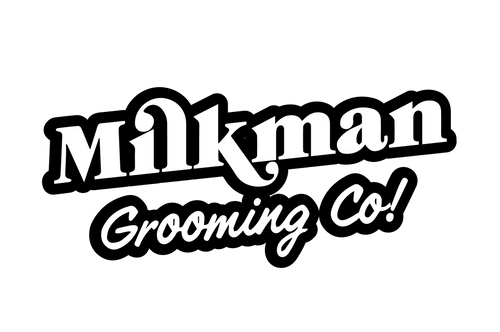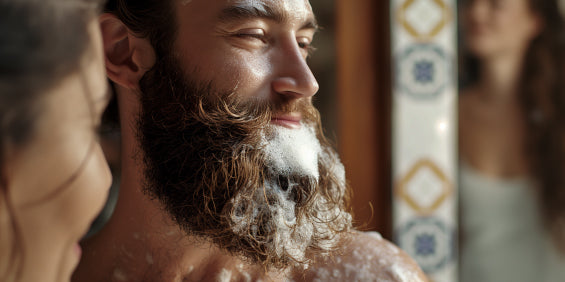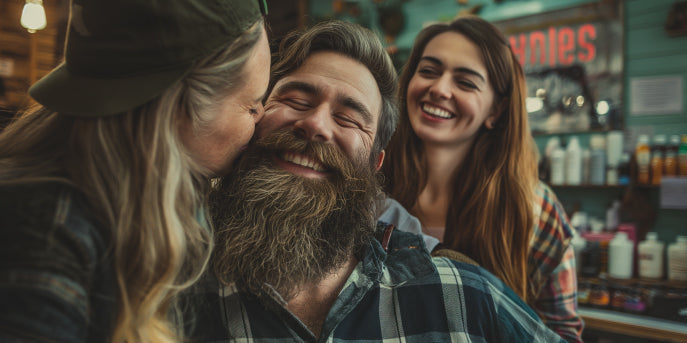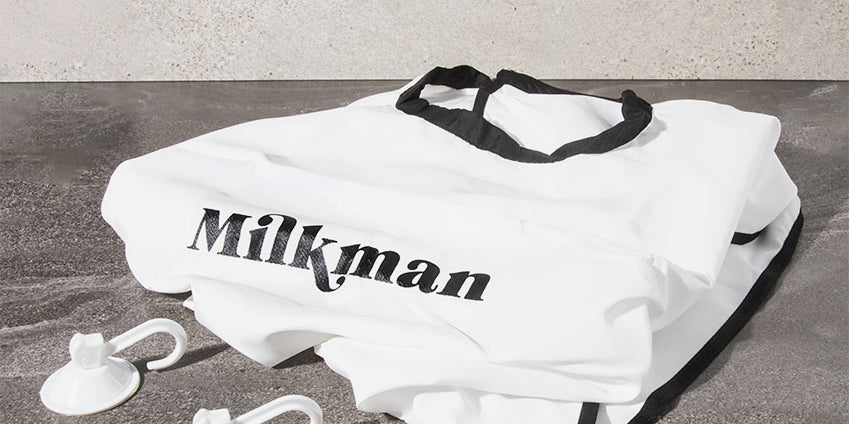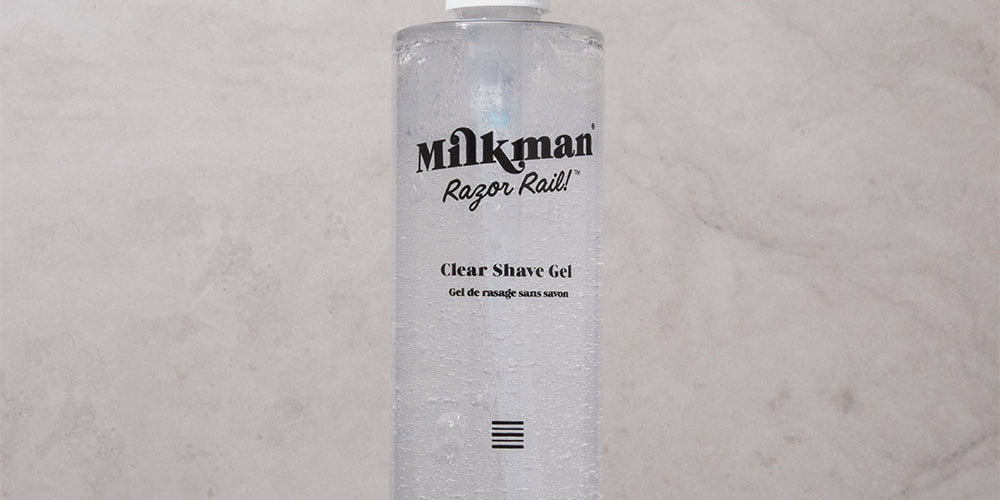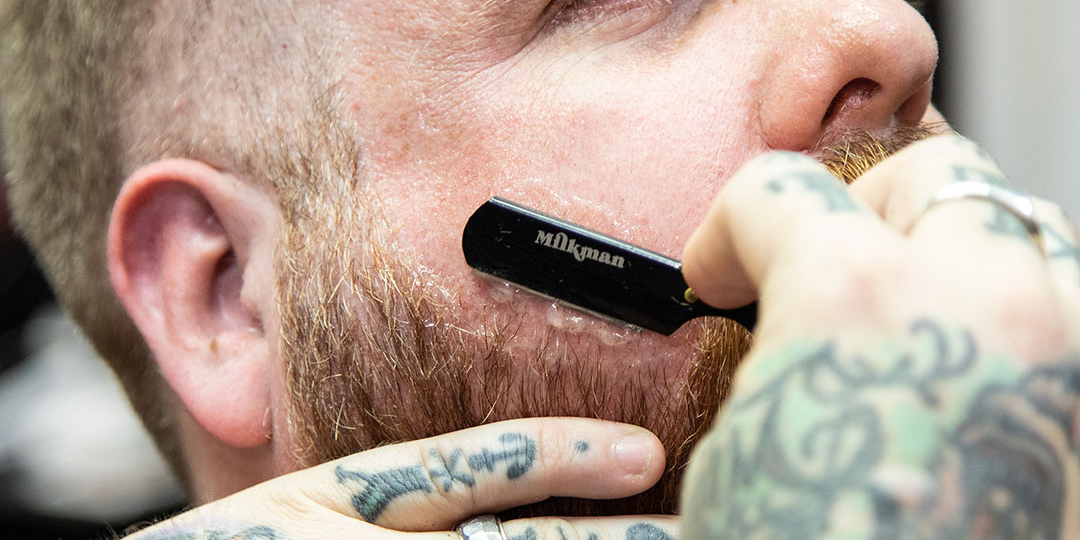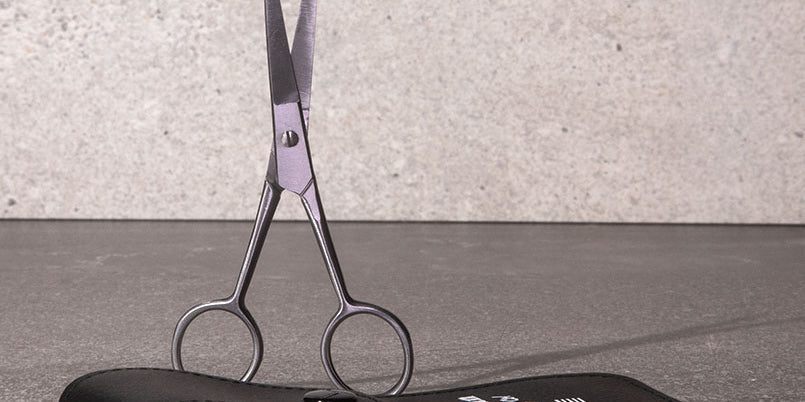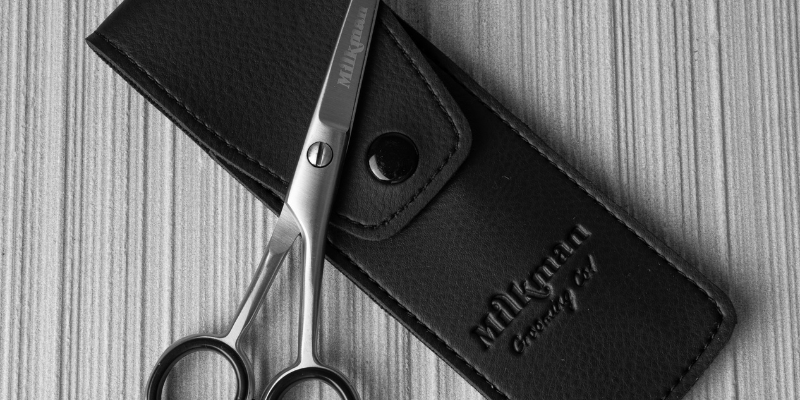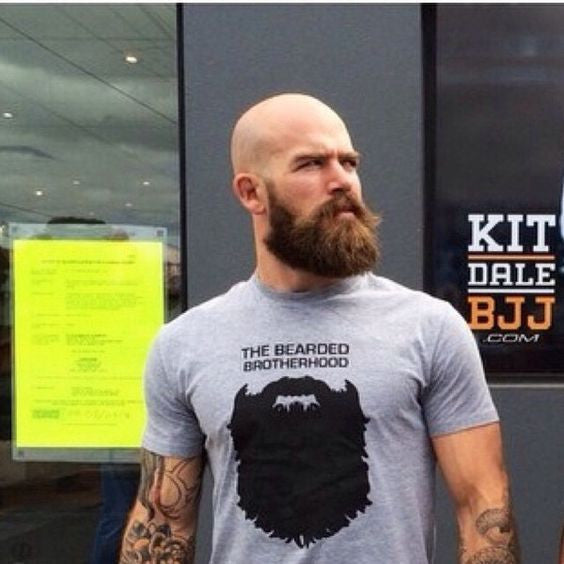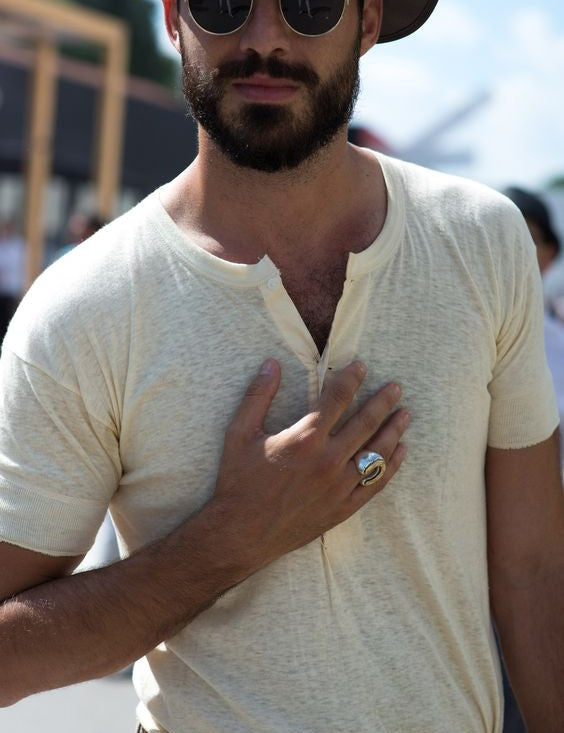Have you ever looked at a man (or yourself) and wondered why all his hair was on the wrong side of his head? How is it possible that all the hair on his scalp has magically disappeared while his beard has stayed loyal to his face? Why do men go top bald but never lose beard hair?
Baldness, more technically known as androgenetic alopecia or male pattern baldness, is the most common form of hair loss that effects 96% of men to some degree (1). Mainly, it is a combination of two different factors that give rise to baldness at the top and not at the bottom. These include genetic predisposition to baldness, and the amount of testosterone you produce.
First we should start off by explaining the steps of hair growth. The hair on the scalp, like that on the face, grows in three steps – but the hair on the face has a much shorter growing phase. These steps include the active growth phase (anagen), the transitional phase (catagen- when growth stops) and the falling out phase (telogen).
Baldness is attributed to testosterone, and its cousin, known as DHT (Dihydrotestosterone). Pretty much the more testosterone you produce, the higher the chances you are of going bald. This is because testosterone and DHT signal head hair follicles to shrink (miniaturize), during the 3 phases of growth. This essentially puts an end to hair growth because the hair follicles are too small to propagate.

How does this happen? Well there are receptors, known as androgen receptors, on these head hair follicles that love to bind to testosterone and DHT. Once bound, the receptors are activated and send a signal to the hair follicle to shrink. Additionally, free testosterone in the body is converted to DHT by enzymes. DHT is much more potent compared to testosterone and can bind up to 2.4 more times to receptors (Wright et al, 1996).
The amount of androgen receptors you have is dependent on your genetics. The gene responsible to make androgen receptors is called the AR gene. It has be found that the frequency of this gene is proportional to the extent of balding (Ellis et al, 2001). The study by Ellis et al (2001) discovered that the gene was found in DNA 22% more often in men who were bald compared to non-bald men.
Sounds a bit complicated, right? To put it quite simply, the more testosterone you produce, the more chances of it converting to potent DHT. The more AR genes you have, the more DHT (androgen) receptors you have. The more DHT and androgen receptors you have, the more likely they are going to bind together. Combining all this together increases your chances of going bald.
So what about the beard? Well the opposite happens. Testosterone is responsible for increasing the growth of beard hair. For reasons relatively unknown, androgen receptors located in the beard do the opposite to what they do on the scalp (Randall et al, 1992). Instead of signalling to the hair follicle to shrink, they instead tell the hair follicle to grow. That is why as men get older, their beard becomes fuller while their head becomes thinner.
As mentioned before, the more AR genes you have, and the more testosterone you produce, the more likely you will have a very impressive beard.
However, going bald is not a big loss. There are many studies out there, like ones by Dixson & Rantala (2016), and Muscarella & Cunningham (1996) that suggest baldness and beards are actually perceived as positives by women, and many find it attractive. The studies found that baldness is associated with social maturity and a non-threatening form of dominance. Facial hair also exhibited these perceptions as well as an increase in sexual attractiveness.
I guess in the world of evolution, these facial signs are indicative of how much testosterone a man is producing. Bald and bearded biologically means you are older, wiser, dominant and more aggressive than others, because you are producing more testosterone. Subconsciously, some women connect these traits with survival, as a more dominant man will find food and protect them, evolutionarily speaking.
So if you feel like you are thinning on top, start growing a beard. It’s not like you can’t. Just let your testosterone help you. In doing so, you are making yourself look more attractive and alpha, which should help with your confidence, and the ladies.
Other articles that might interest you:
1. Where to Find the Best Beard Oils
4. How to Deal with Beard Itch
5. How to Trim Sculpt Shape Your Beard
6. Ten Beard Mistakes You Should Avoid

